Rivotril: Effective Seizure Management with Clonazepam
Rivotril, a medication containing clonazepam, is used to manage various types of seizures, including myoclonic and akinetic seizures, as well as petit mal variant (Lennox-Gastaut syndrome). It may also be beneficial for patients with absence spells who have not responded to succinimides. Rivotril is available in oral tablet forms of 0.5 mg and 2 mg, each containing non-medicinal ingredients like cornstarch, iron oxide, lactose, and magnesium stearate.
When used alone or as an adjunct therapy, Rivotril has been found effective in managing epilepsy symptoms. It is particularly useful in infants and children, as well as adults, for treating various forms of epilepsy, including typical and atypical absences, nodding spasms, and primary or secondary generalized tonic-clonic seizures. The medication is also a choice for treating status epilepticus, with intravenous administration providing immediate relief.
The dosage of Rivotril must be individually adjusted based on the patient’s clinical response and tolerance. It is essential to consider the potential increase in undesirable effects when combining Rivotril with other anticonvulsants. For intravenous administration, the recommended dose for adults is 1 mg, which can be repeated as needed, while pediatric patients typically receive half an ampoule (0.5 mg). Elderly patients and those with renal impairment require special caution and the lowest possible dose.
Rivotril should be used with caution in patients with a history of alcohol or drug abuse, dependence on CNS depressants, or those known to be addicted. It is crucial to monitor the patient’s condition closely and adjust the dosage accordingly to ensure optimal therapeutic effects while minimizing side effects.



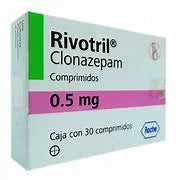
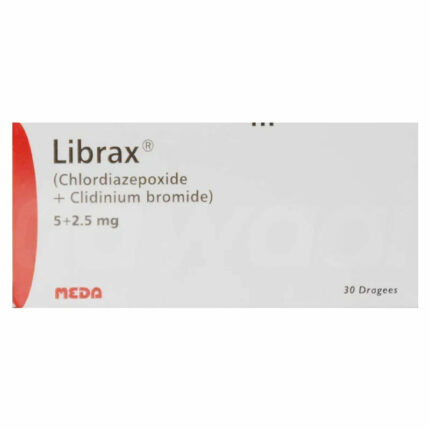
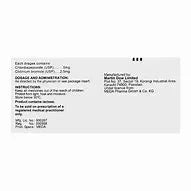
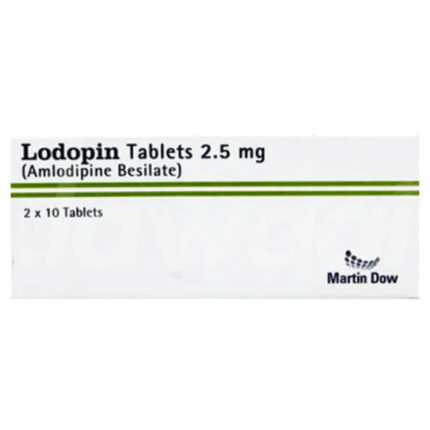
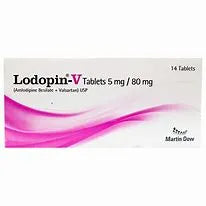



Reviews
There are no reviews yet.